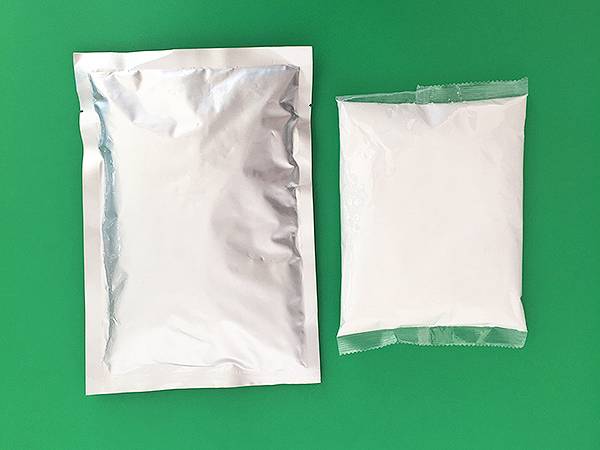



Understanding the Risks Associated with Sodium Hydroxide Exposure and Safety Measures
The Hazards of Sodium Hydroxide Understanding the Risks and Safe Handling
Sodium hydroxide, commonly known as lye or caustic soda, is a highly versatile chemical used widely in various industrial applications. This colorless, odorless solid is highly soluble in water and generates heat through an exothermic reaction. Sodium hydroxide plays a critical role in the production of soap, detergents, paper, textiles, and several other products. However, despite its widespread usability, sodium hydroxide poses significant hazards to human health and the environment that need to be understood and addressed.
Physical and Chemical Properties
Sodium hydroxide is classified as a strong alkaline substance. It has a high pH level, typically around 13 to 14 when dissolved in water. This property allows it to neutralize acids, making it a key component in various chemical reactions. However, its corrosive nature means that exposure to sodium hydroxide can result in severe chemical burns on contact with skin or eyes. The chemical reacts vigorously with many substances, including acids, metals, and organic materials, which can lead to hazardous situations if not handled properly.
Health Hazards
Exposure to sodium hydroxide can occur through various routes skin contact, eye contact, inhalation of fumes, or ingestion. Each of these exposure pathways presents distinct health risks
1. Skin Contact Sodium hydroxide reacts with moisture on the skin, leading to the formation of a caustic solution. This can cause severe burns that may not be immediately painful, delaying treatment and potentially resulting in deeper tissue damage.
2. Eye Contact When sodium hydroxide comes into contact with the eyes, it can cause immediate irritation and damage leading to loss of vision. The alkaline solution can penetrate deeper layers of the eye, resulting in permanent injury.
3. Inhalation Breathing in sodium hydroxide dust or mist can cause respiratory tract irritation, coughing, and difficulty breathing. Prolonged exposure may lead to more severe respiratory conditions.
Environmental Hazards
hazard of sodium hydroxide

Sodium hydroxide's corrosive nature extends beyond human health and poses threats to the environment. It can severely impact aquatic ecosystems if spilled, as it can alter the water's pH level. High pH levels can harm fish and other aquatic organisms, leading to a loss of biodiversity. Proper disposal methods are crucial to prevent sodium hydroxide from contaminating soil and water sources, as it can disrupt local ecosystems.
Safe Handling and Storage
Given the potential hazards associated with sodium hydroxide, it is essential to implement stringent safety measures when handling and storing this chemical. Here are some best practices
1. Personal Protective Equipment (PPE) When working with sodium hydroxide, wear appropriate PPE including gloves, goggles, and face shields to protect against splashes and spills.
2. Proper Ventilation Ensure that workspaces are well-ventilated to reduce the inhalation of harmful fumes. Use fume hoods or exhaust systems in laboratory and industrial settings.
3. Storage Sodium hydroxide should be stored in tightly sealed containers made of compatible materials like glass or certain plastics. Keep it in a cool, dry place away from acids and moisture.
4. Emergency Procedures Be prepared for spills or exposure incidents by having emergency eyewash stations and safety showers readily available. Train personnel on emergency response procedures, including first-aid measures for chemical burns.
5. Disposal Follow local regulations for the disposal of sodium hydroxide. Neutralization with an acid (following proper procedures) prior to disposal may be necessary to mitigate environmental impacts.
Conclusion
While sodium hydroxide serves numerous practical purposes in various industries, the hazards associated with its use cannot be overlooked. Understanding the risks and implementing appropriate safety measures is essential in preventing accidents and protecting both human health and the environment. By prioritizing safety and adhering to best practices in handling and storage, the dangers of this powerful chemical can be effectively managed.
-
Why Sodium Persulfate Is Everywhere NowNewsJul.07,2025
-
Why Polyacrylamide Is in High DemandNewsJul.07,2025
-
Understanding Paint Chemicals and Their ApplicationsNewsJul.07,2025
-
Smart Use Of Mining ChemicalsNewsJul.07,2025
-
Practical Uses of Potassium MonopersulfateNewsJul.07,2025
-
Agrochemicals In Real FarmingNewsJul.07,2025
-
Sodium Chlorite Hot UsesNewsJul.01,2025










